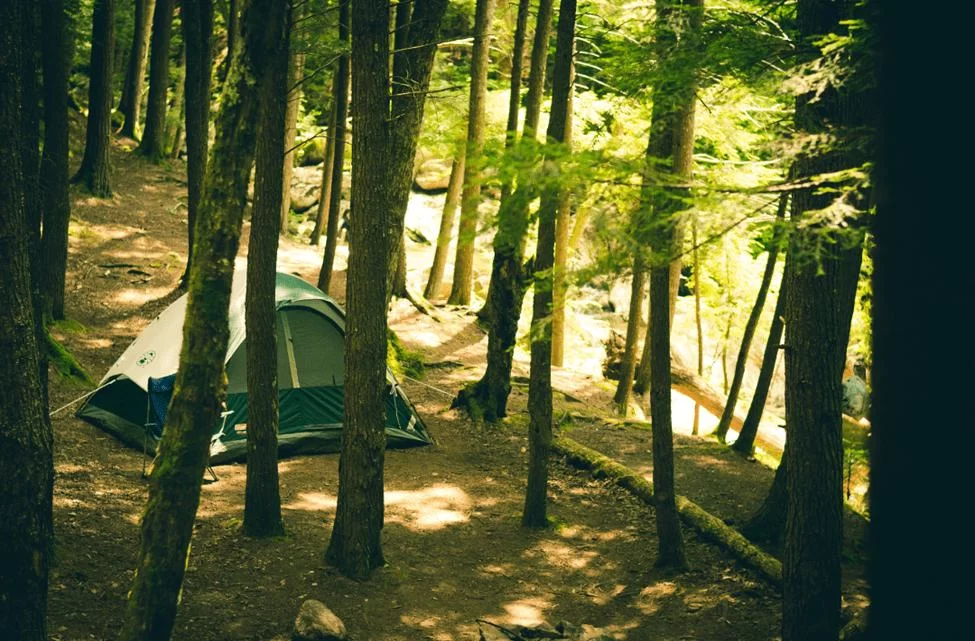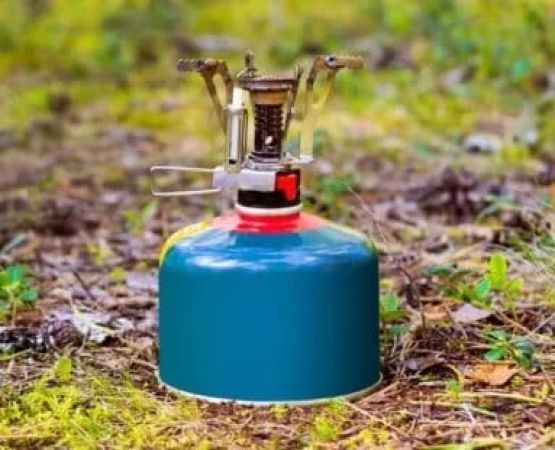Tips for Leaving a Campsite Better Than You Found It
As a passionate camper who enjoys the peace and solitude of nature, I've always believed that part of my responsibility as an outdoor enthusiast is to leave the environment as pristine as I found it—or better. Over the years, I’ve discovered several tips and practices that can help reduce my environmental impact and ensure that my camping trips are sustainable. By following a few simple steps, I can contribute to preserving the beauty of the wilderness for future generations. In this article, I’ll share my tips for leaving a campsite better than I found it, ensuring that each trip becomes a step toward greater environmental stewardship.
1. Embrace the Leave No Trace Principles
One of the most important concepts I’ve learned as a camper is the Leave No Trace (LNT) principles. These seven guidelines are designed to help outdoor enthusiasts minimize their impact on the environment and ensure that natural spaces remain untouched by human presence. Over time, I've made these principles a habit during every camping trip I take. Whether I’m hiking, camping, or simply enjoying the outdoors, I always ask myself how my actions will affect the environment. The LNT principles include:
- Plan ahead and prepare: Proper planning helps minimize disruptions to the environment. I always check trail conditions, weather, and any restrictions in place to avoid damage to the ecosystem.
- Travel and camp on durable surfaces: When I set up camp, I always make sure to camp on designated campsites or durable surfaces like rock, gravel, or dry grass. This helps preserve sensitive vegetation and ecosystems.
- Dispose of waste properly: I make it a point to pack out all trash, food scraps, and hygiene products. If necessary, I bring waste bags, including biodegradable soap and toilet paper bags, to ensure I leave no trace behind.
- Leave what you find: Whether it’s a beautiful rock formation or a rare plant, I never disturb or remove anything from the environment. This helps preserve the natural integrity of the campsite.
- Minimize campfire impact: I only use existing fire rings when allowed and always make sure to fully extinguish the fire before leaving. If there’s no fire ring, I refrain from making one to prevent damaging the soil and surrounding area.
By adhering to the Leave No Trace principles, I’ve been able to significantly reduce my environmental footprint and ensure that I leave each campsite in better shape than when I arrived.
2. Pack It In, Pack It Out
One of the most straightforward yet powerful practices I’ve adopted is the “Pack It In, Pack It Out” principle. This simply means that everything I bring with me into the wilderness—including food scraps, trash, and even biodegradable waste—must be taken with me when I leave. Early on, I learned that even small bits of trash or organic material left behind can disrupt the local ecosystem, attracting animals and polluting water sources. Now, I always make sure I have enough waste bags and containers to store all of my trash and food waste securely until I can dispose of it properly.
For example, during a camping trip in the Sierra Nevada Mountains, I made sure to carry extra trash bags and a dedicated food waste container. At the end of my stay, I took all of my waste back with me, ensuring that the natural beauty of the campsite remained untouched by human presence. The extra effort made a big difference, and it felt great knowing I had done my part in preserving that area for future campers.
3. Choose Eco-Friendly Camping Products
Over the years, I’ve become more conscious of the products I use while camping. Many traditional camping products, from food packaging to cleaning supplies, contain harmful chemicals or contribute to unnecessary waste. To minimize my environmental impact, I now choose eco-friendly camping products whenever possible. For example, I opt for biodegradable soaps and shampoos, which are gentle on the environment and won’t harm freshwater ecosystems if used properly.
When it comes to food packaging, I’ve switched to reusable containers and avoid single-use plastics like plastic bags or water bottles. Instead, I carry a stainless steel water bottle and reusable food containers, which cut down on the waste I create. Additionally, I choose camping gear made from recycled materials or items that are designed to last longer. By choosing sustainable products, I’ve significantly reduced the amount of waste I generate during my camping trips.
4. Leave Wildlife and Plants Alone
As much as I love encountering wildlife and admiring the beauty of nature, I’ve learned that the best way to enjoy these moments is from a respectful distance. I’ve made it a point to avoid feeding animals or disturbing plants and habitats. Feeding wildlife can alter their natural behavior and make them reliant on human food, which can have long-term negative effects on their health and survival. On one particular camping trip in the Great Smoky Mountains, I spotted a black bear at a distance. Rather than approaching it or trying to get a closer look, I quietly moved away to avoid disturbing its natural behavior.
Similarly, I avoid picking plants or flowers, as many species are protected, and removing them can harm the ecosystem. I make sure to appreciate the beauty of the flora and fauna without leaving a mark on the environment. By being mindful of these small actions, I help maintain the natural balance of the areas I visit, ensuring that they remain as pristine as possible for others to enjoy.
5. Maintain Campfires Responsibly
One of the most enjoyable parts of camping for me is sitting around a campfire, but I’ve learned that campfires can have a significant environmental impact if not managed properly. When setting up a campfire, I always use existing fire rings, as they help contain the fire and prevent it from spreading. If I’m in an area where campfires are allowed, I ensure that I only burn dead wood and avoid using wood that is gathered from live trees or shrubs. Removing wood from living trees can harm local ecosystems, and many national parks and forests prohibit it for this reason.
After enjoying the fire, I make sure it’s fully extinguished by dousing it with water and stirring the ashes to make sure all embers are completely out. On one of my earlier trips, I witnessed the aftermath of a fire that wasn’t properly extinguished—small embers were still glowing, and it was clear that the fire had damaged the surrounding area. This experience taught me the importance of fire safety and led me to be even more diligent in ensuring that my campfires never leave a lasting impact.
6. Educate and Encourage Others to Follow Sustainable Practices
As a solo traveler, I often find myself interacting with fellow campers who may not be aware of how their actions impact the environment. Whenever possible, I take the opportunity to share what I’ve learned about sustainable camping practices. Whether it’s encouraging others to pack out their trash or informing them about Leave No Trace principles, I’ve found that sharing knowledge can help foster a culture of environmental responsibility in the camping community.
During a recent trip, I noticed a group of campers leaving behind food scraps near their campsite. After a friendly conversation, they agreed to pack up their waste and follow the “Pack It In, Pack It Out” rule for the remainder of their trip. This small change in behavior made a big difference, and it was rewarding to know I had helped make the campsite better for others.
Conclusion: A Commitment to Sustainability and Nature Preservation
Camping is one of the most rewarding ways to connect with nature, and it’s our responsibility to protect the environment and leave it better than we found it. By following the tips and practices outlined in this article—such as adhering to Leave No Trace principles, minimizing waste, and choosing eco-friendly products—we can all contribute to preserving the beauty of the outdoors. Every small action adds up, and through mindful camping, we can ensure that nature’s wonders remain for future generations to experience and enjoy. Let’s continue to explore, respect, and protect the environment, one campsite at a time.







